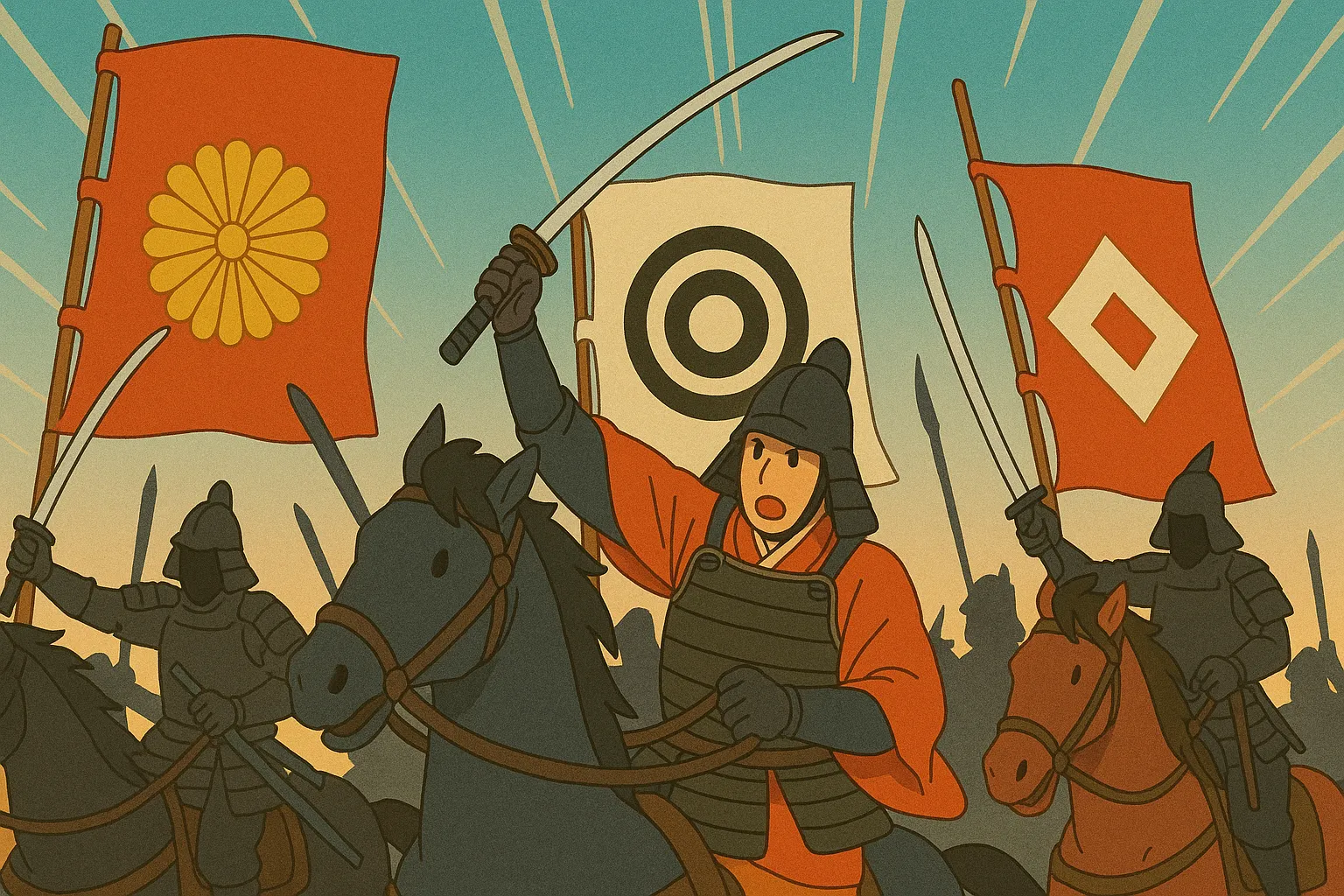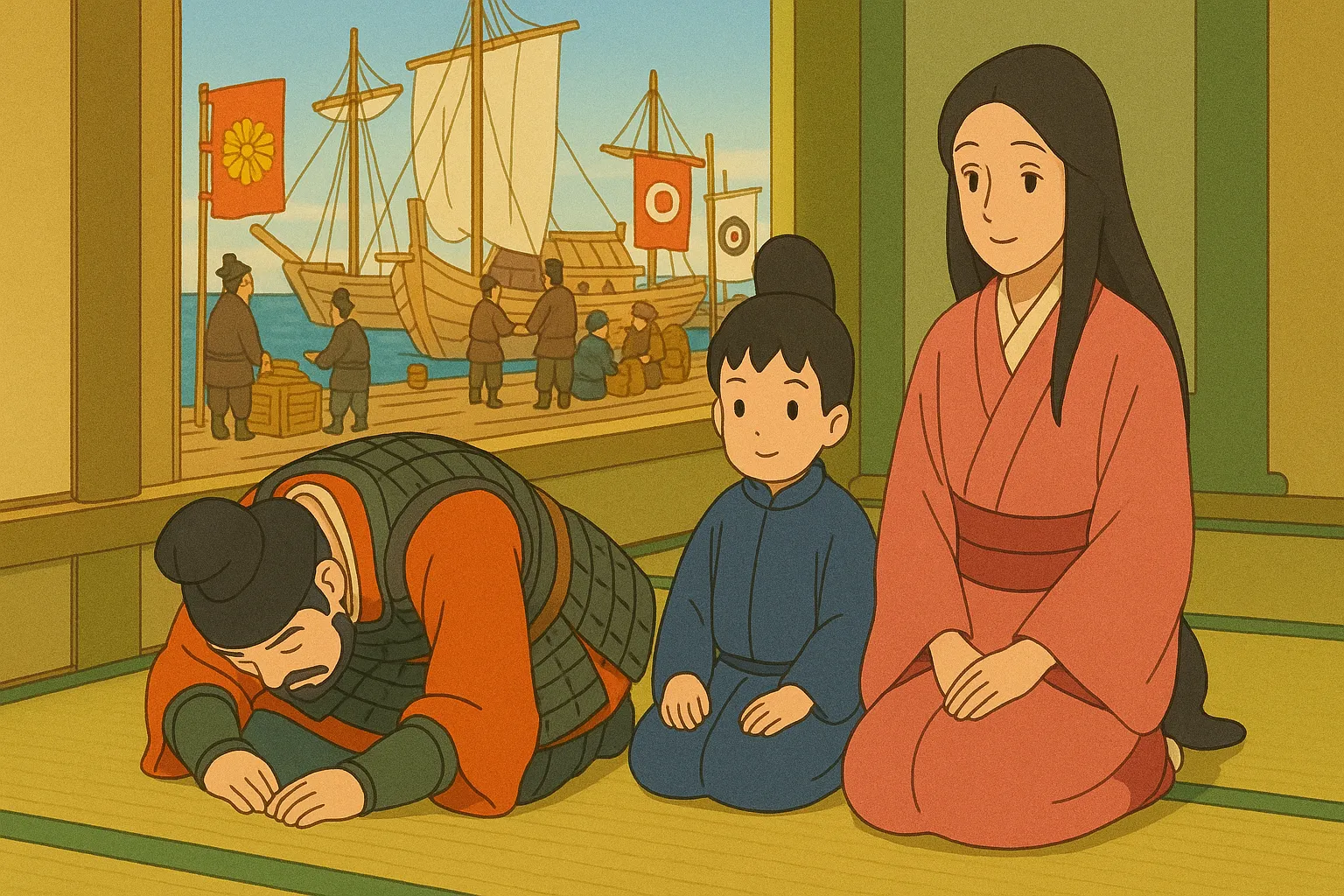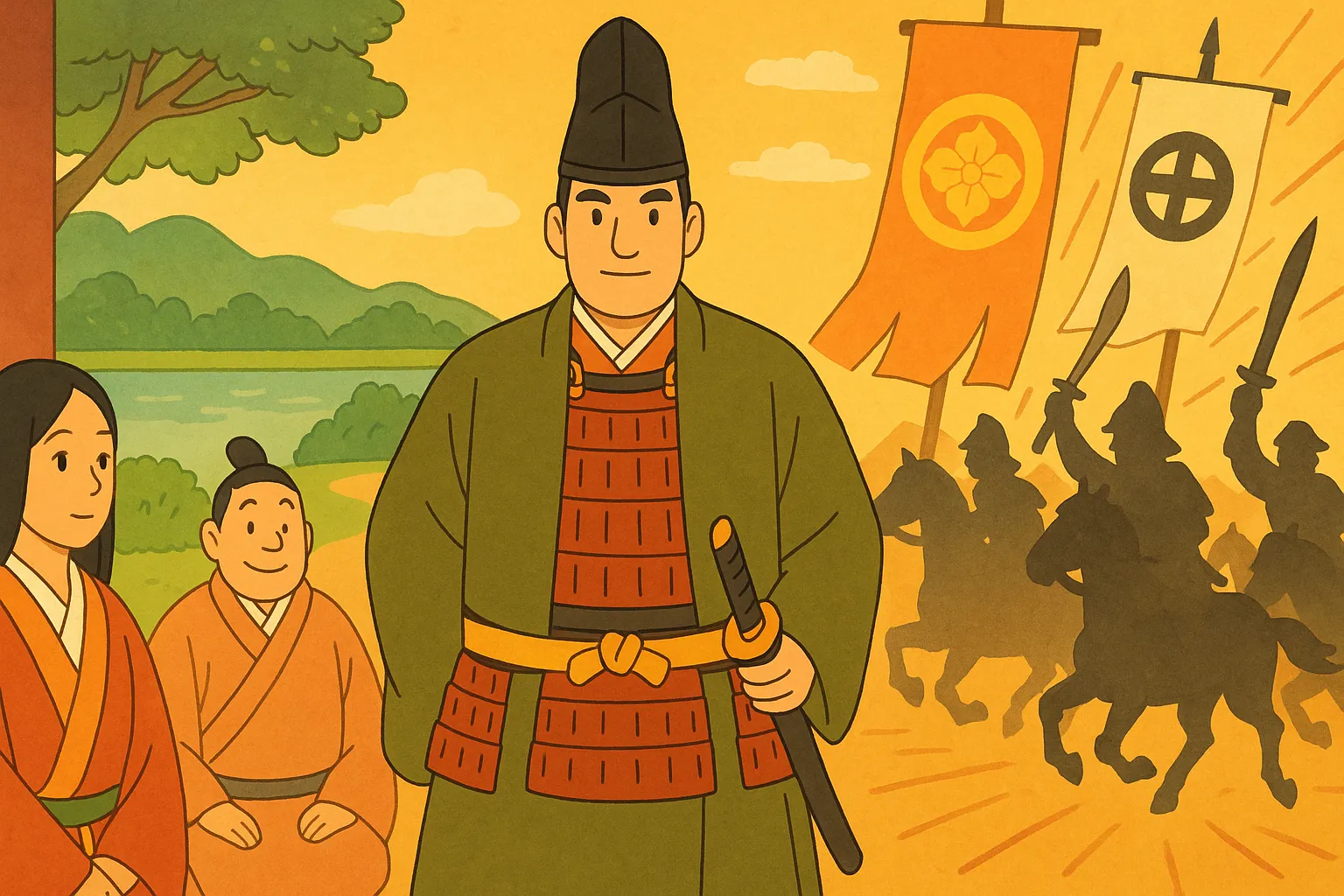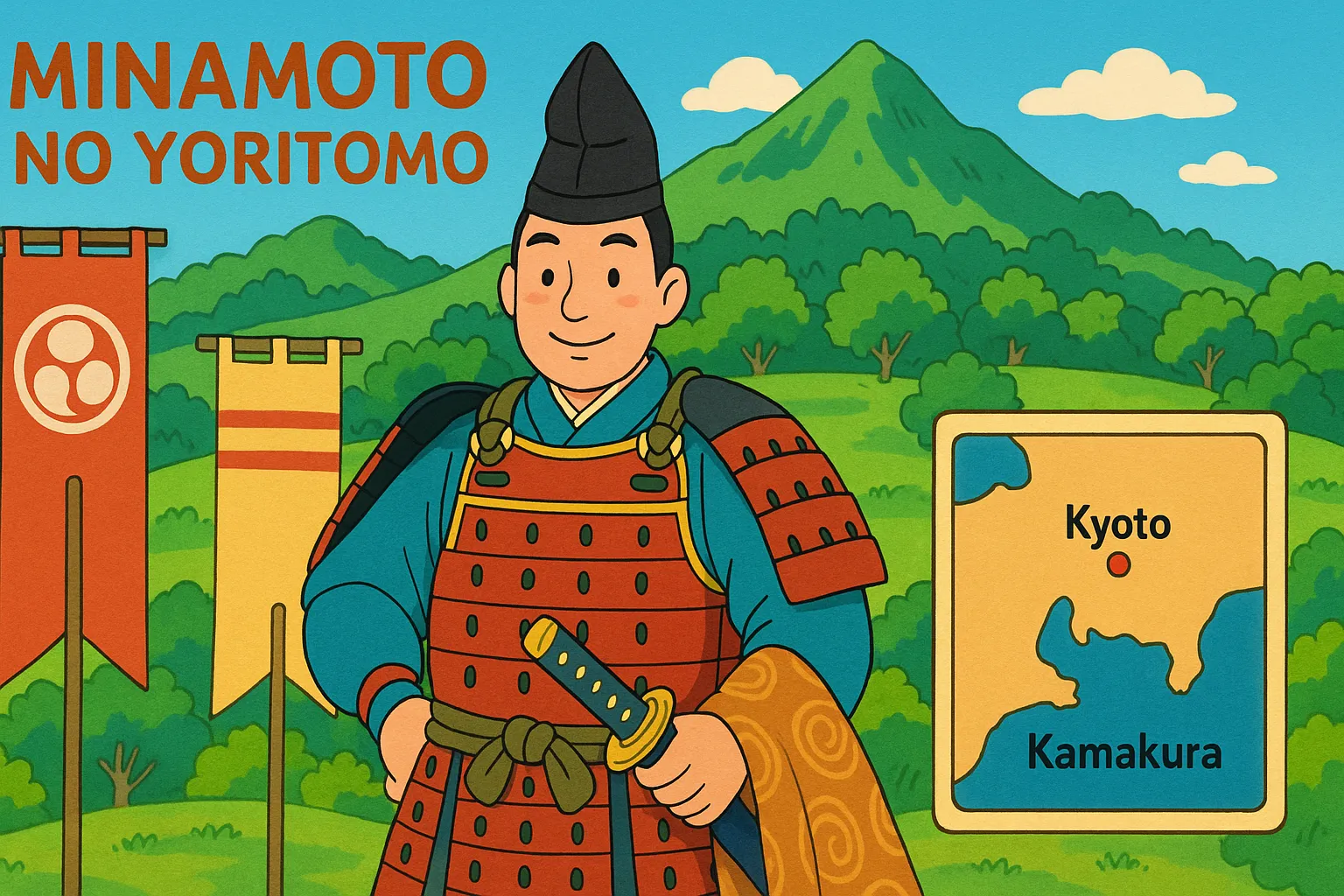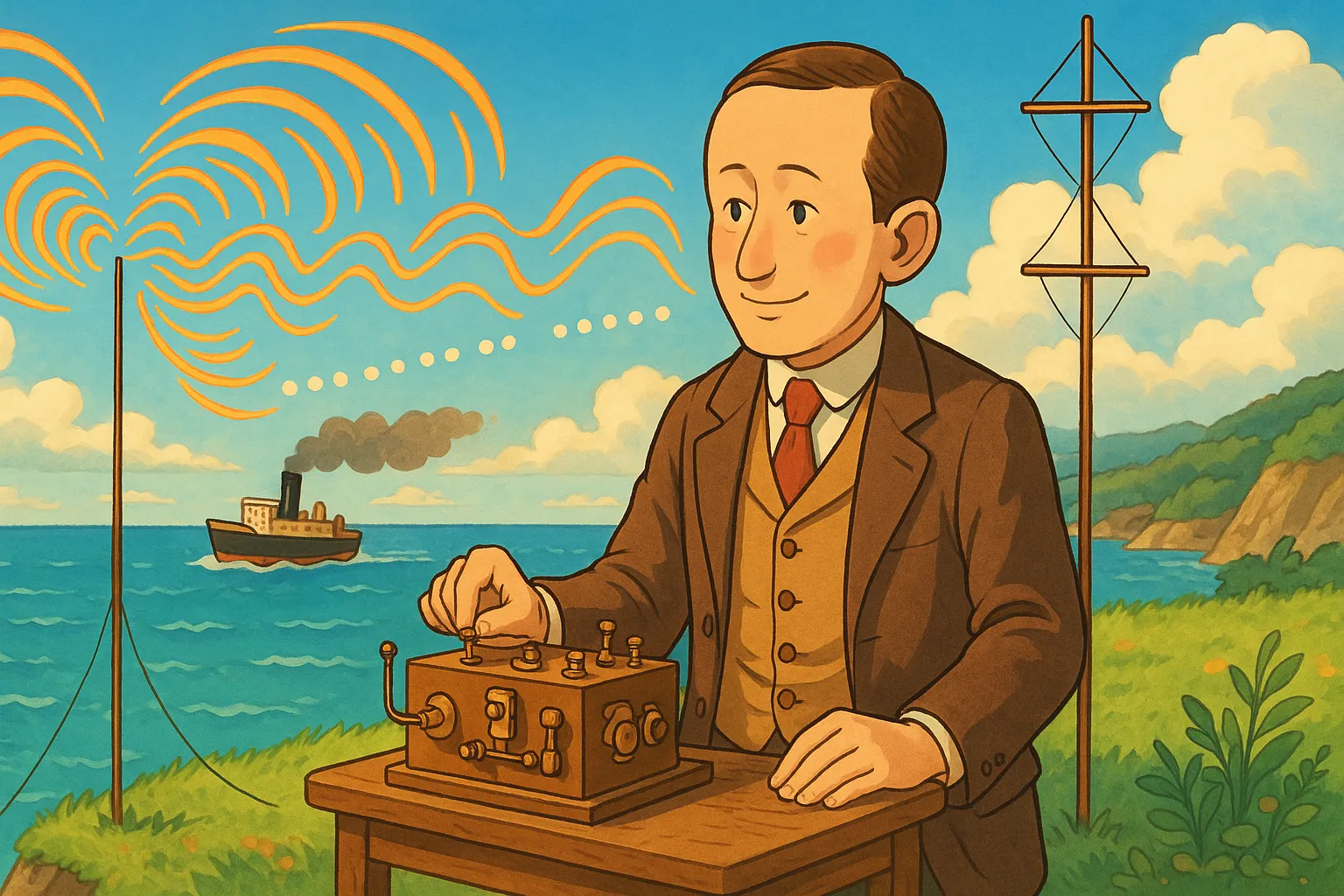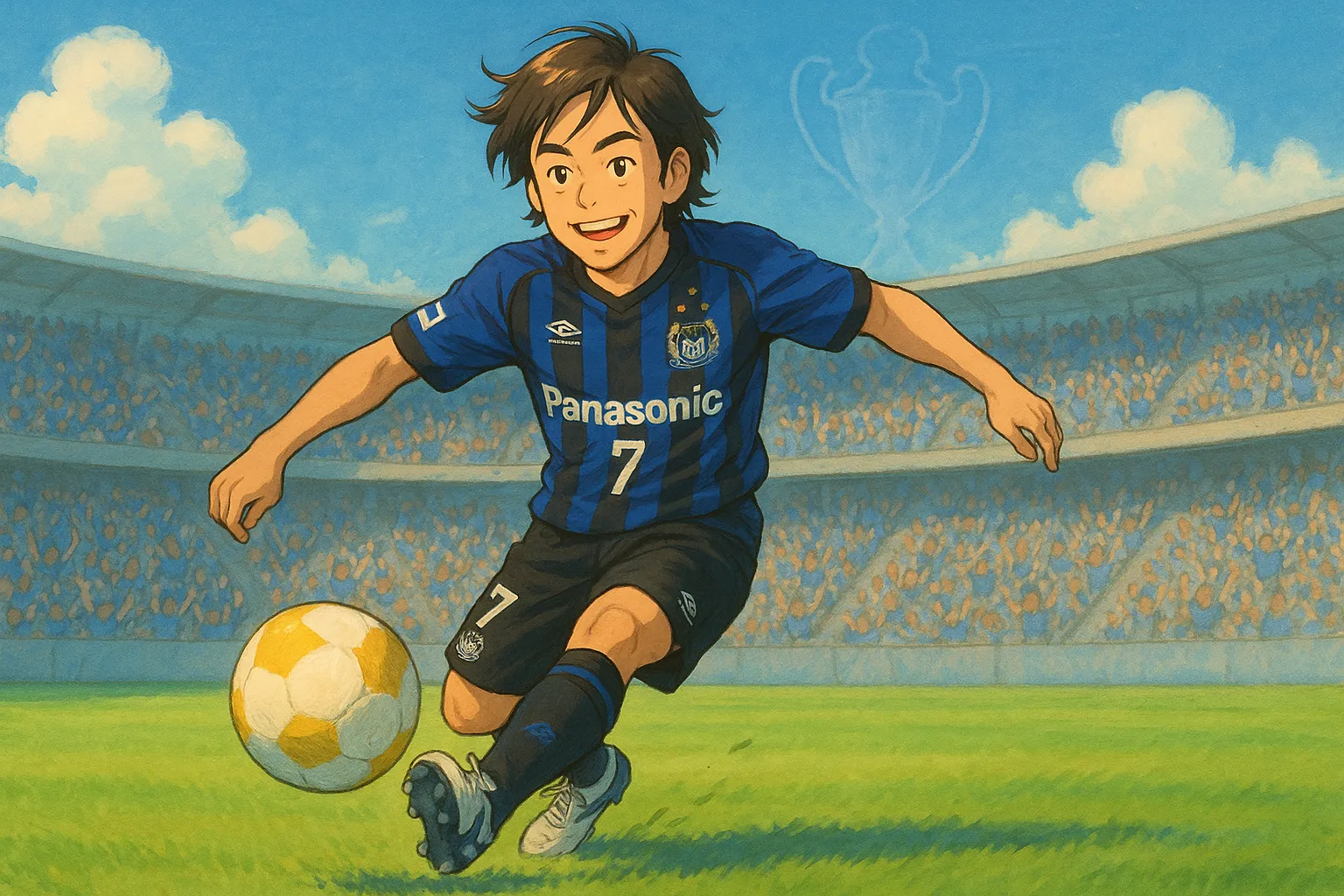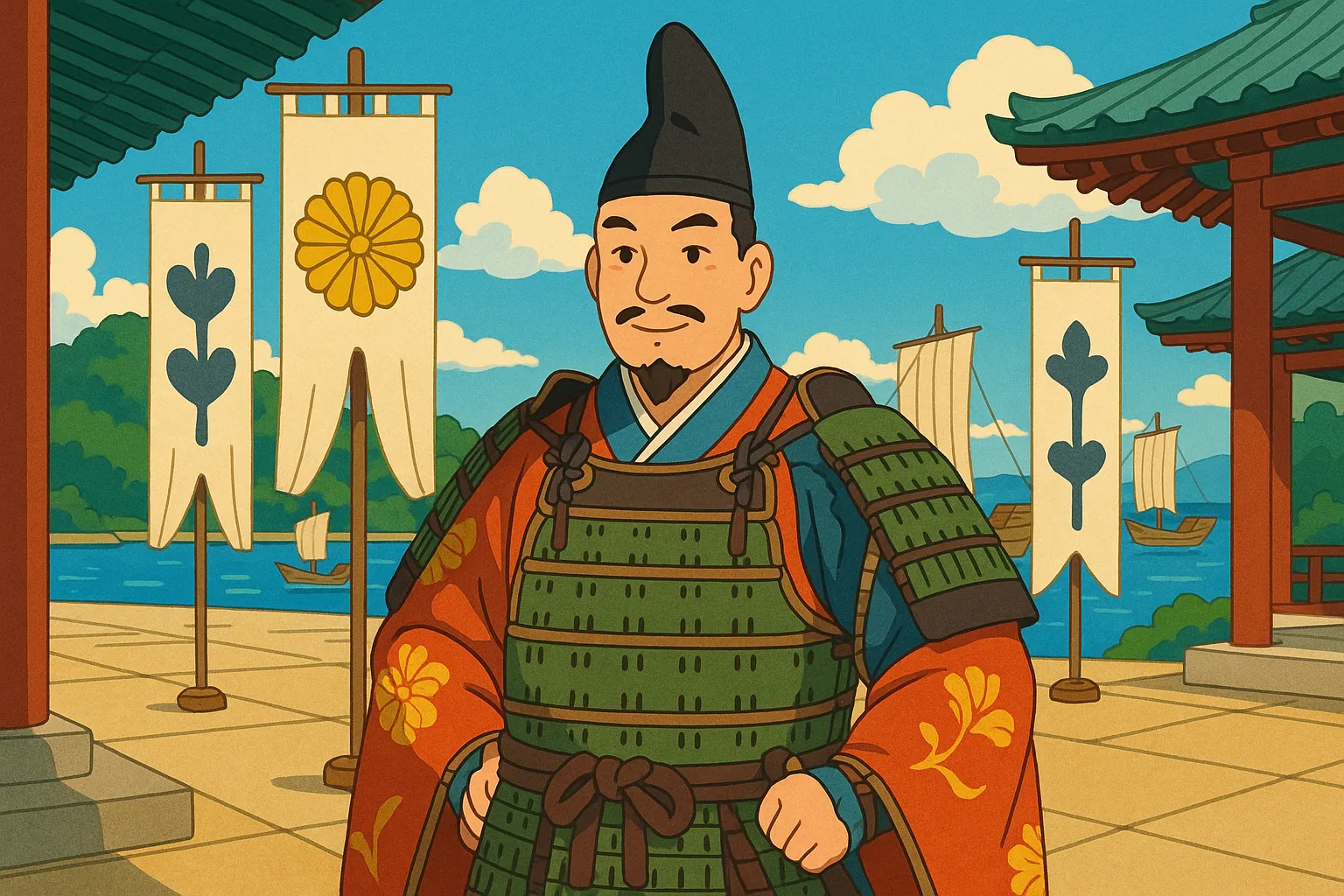
Frequently Asked Questions
How is Kiyomori depicted in the Tale of the Heike?
The epic treats him as a central, dramatic figure—ambitious and proud—whose actions and misfortunes are used as moral and political lessons that shaped popular memory.
Did Kiyomori support Buddhism and temples?
Yes. He was a notable patron of major Buddhist institutions, using religious ties to legitimize authority and build broader political support.
Did he ever relocate the imperial court?
He briefly moved the emperor and parts of the court to Fukuhara (in modern Kobe) in 1180 as a tactical, short-lived measure tied to his political aims.
What was his background before rising to prominence?
Born into the Taira clan, he advanced through military service and regional posts, accumulating influence at court through a mix of force, alliances, and administration.
How have theater and literature treated Kiyomori?
He appears frequently in noh, kabuki, and literary works, often dramatized as a powerful, sometimes tragic ruler whose story warns about pride and political risk.
Where can I see sites or artifacts linked to him today?
Look in Kyoto museums for Heian-period displays, visit historic sites around Fukuhara/Hyōgo, and attend performances or exhibitions related to The Tale of the Heike.
How do modern historians view his rule?
Scholars tend to see him as a pragmatic, institution-building leader who blended military strength with political administration, rather than a one-dimensional villain.

